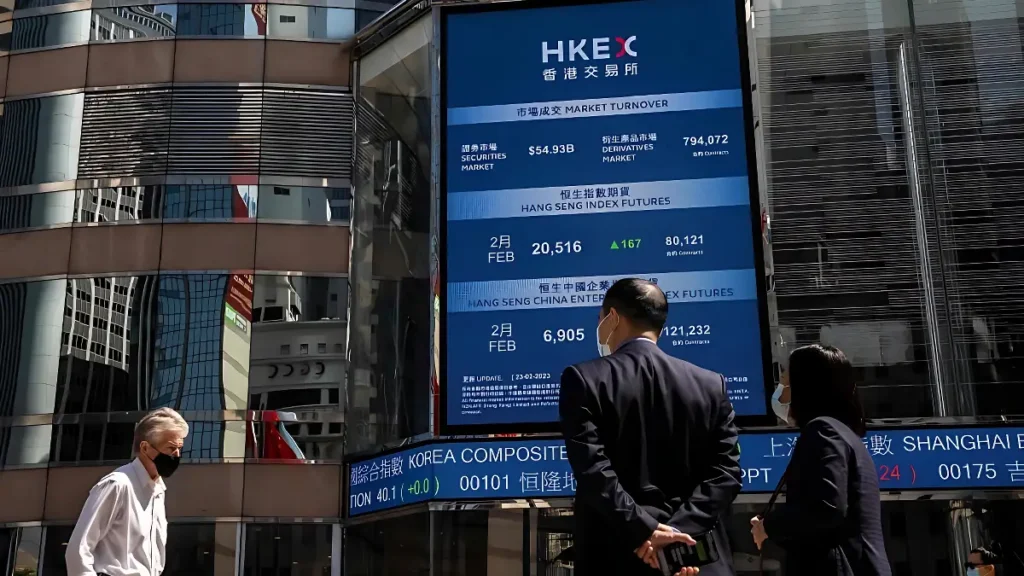In a tumultuous week for global markets, Asian stocks experienced a mixed performance on Thursday. Lingering concerns over the non-materialization of anticipated interest rate cuts in March, coupled with persistently high inflation, fueled another day of losses across the world’s financial hubs.
Investor frustration intensified as Beijing’s lack of substantial measures to stimulate China’s economy became more apparent, despite the country’s slowest growth rate in over three decades for the year 2023, excluding pandemic years. This economic malaise added to the disappointment among investors.
On Wall Street, all three main indexes closed in the red as US retail sales defied expectations in December, showing resilience among consumers facing higher borrowing costs. The data followed recent reports of elevated consumer prices, robust job creation, and Federal Reserve minutes revealing a commitment to maintaining higher interest rates to curb inflation.
Hopes for a March rate cut, fueled by optimistic data and dovish signals late last year, have dwindled in the past two weeks. Traders, as reported by Bloomberg News, have reduced the likelihood of a March move to below 60 percent, down from 80 percent just last Friday.
National Australia Bank’s Rodrigo Catril commented on the situation, stating, “The solid US retail figures are another piece of evidence vindicating the more cautious Fed guidance relative to market expectations.”
The European Central Bank dashed hopes for an early rate cut, with Christine Lagarde indicating that such a move was not anticipated until the summer. While the Fed’s Beige Book report reflected business optimism about falling interest rates, equity traders in Asian markets exhibited mixed sentiments.
Tokyo rebounded after two days of losses, driven by a weaker yen and rising inflation. Conversely, Hong Kong and Shanghai continued to decline amid persistent worries about China’s economic outlook, exacerbated by Wednesday’s soft economic growth figures, the worst since 1990.
Despite calls for substantial stimulus resembling the 2008 financial crisis response, Chinese Premier Li Qiang downplayed the need for a “bazooka” approach, emphasizing the achievement of economic growth without massive intervention. Analysts interpret these comments as a signal that Chinese authorities are reluctant to deploy significant financial measures, possibly underestimating the downward pressures on the economy.
As uncertainty prevails, Asian markets remain on edge, reacting to global economic indicators and grappling with the ongoing challenge of balancing growth objectives with inflationary concerns.

